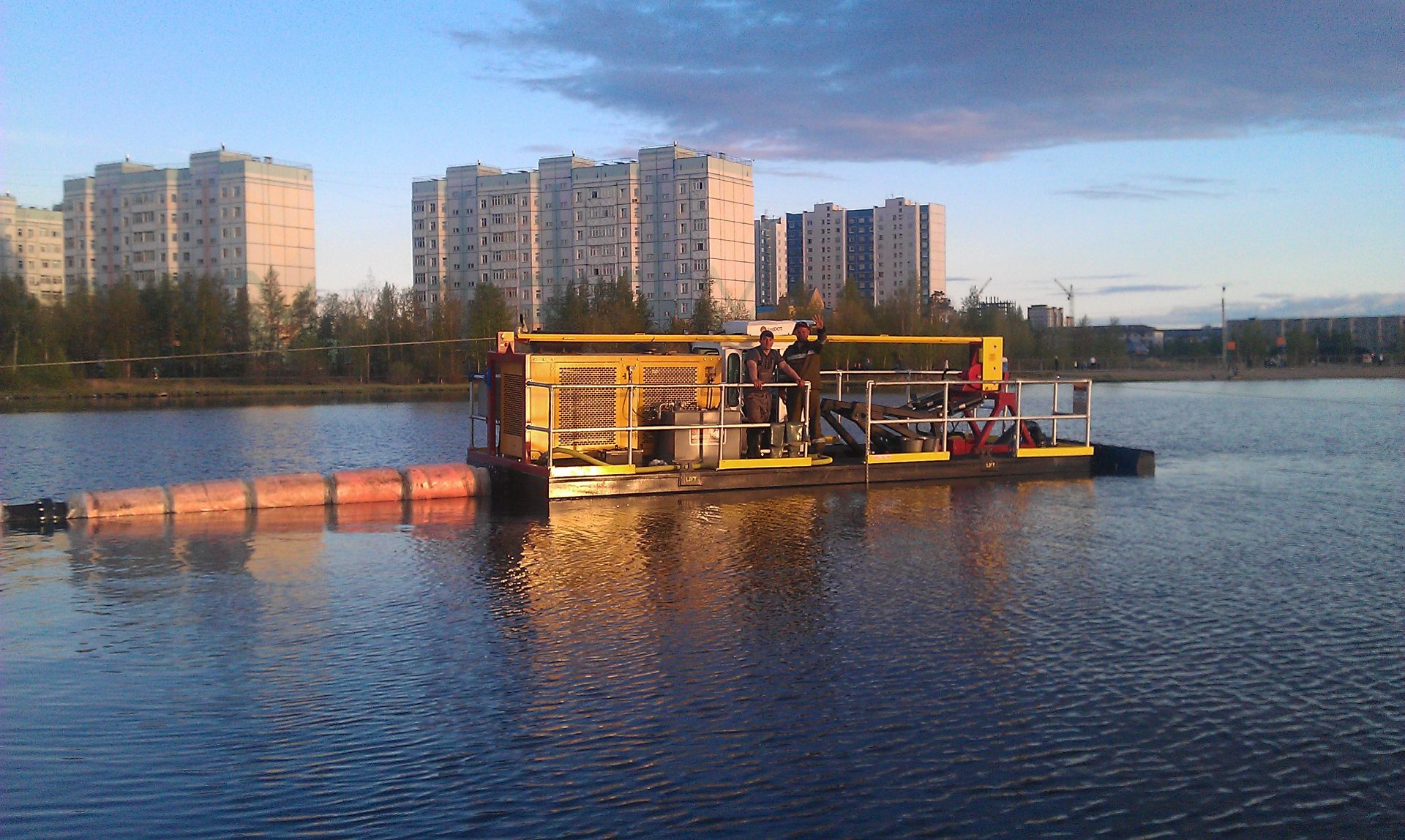The Environmental Impact of Industrial Pond Dredging and Mitigation Strategies explores the ecological consequences of removing sediment from industrial ponds, including effects on water quality, aquatic ecosystems, and wildlife habitats. Dredging can lead to increased sedimentation, pollutant release, and habitat disruption. To mitigate these impacts, strategies such as using silt curtains, sediment containment systems, and adhering to regulatory standards are crucial. Implementing best practices for scheduling, erosion control, and habitat restoration can help minimize environmental damage and ensure sustainable dredging operations.
Overview Of Industrial Pond Dredging
Industrial pond dredging is a crucial process for maintaining the functionality of ponds used in various industrial applications, such as wastewater treatment, mining, and manufacturing. Dredging involves removing accumulated sediment, debris, and contaminants from the pond bed to restore its depth and capacity. This process helps prevent overflow, ensures proper water flow, and maintains operational efficiency. Industrial ponds often accumulate sediment and pollutants over time, necessitating regular dredging to prevent issues like reduced storage capacity and impaired water quality. Understanding the scope and methods of dredging is essential for managing its environmental impact effectively.

Potential Environmental Impacts Of Industrial Pond Dredging
Dredging activities, while necessary, can have significant environmental impacts. The removal of sediment from industrial ponds can lead to the release of pollutants and contaminants that were previously trapped in the sediment. This disturbance can result in increased turbidity, affecting light penetration and disrupting aquatic life. Additionally, dredging can alter the natural habitat, potentially leading to habitat loss and changes in the local ecosystem. Erosion and sedimentation during dredging can also impact nearby water bodies, spreading pollutants and affecting water quality. Understanding these potential impacts is crucial for developing effective mitigation strategies.
Impact On Aquatic Ecosystems And Wildlife
The impact of industrial pond dredging on aquatic ecosystems and wildlife can be profound. Dredging activities can destroy or disrupt habitats that are vital for the survival of fish, amphibians, and aquatic plants. The process can also lead to the displacement of species and a decline in biodiversity. Additionally, increased sedimentation and turbidity can suffocate aquatic plants and affect the feeding behaviors of fish and other wildlife. Disruption of the pond’s natural processes can also impact the reproductive cycles of aquatic organisms, leading to long-term ecological consequences. Addressing these impacts requires careful planning and management to protect local wildlife and ecosystems.
Effects On Water Quality And Sediment Disturbance
Water quality can be significantly affected by dredging operations. The disturbance of sediments can release bound contaminants into the water column, leading to increased concentrations of pollutants such as heavy metals, nutrients, and organic compounds. This can degrade water quality, harm aquatic life, and pose risks to human health if the water is used for recreational or industrial purposes. Additionally, the increased sediment load can affect the physical and chemical properties of the water, impacting its clarity, temperature, and oxygen levels. Managing these effects involves implementing practices to minimize sediment disturbance and control pollutant release.
Regulatory Standards And Environmental Compliance
Regulatory standards and environmental compliance are essential components of industrial pond dredging projects. Various regulations govern dredging activities to ensure that environmental impacts are minimized. These regulations may include requirements for obtaining permits, conducting environmental impact assessments, and adhering to specific operational guidelines. Compliance with standards set by environmental agencies helps to protect water quality, aquatic habitats, and public health. It is crucial for companies to stay informed about relevant regulations and ensure that their dredging practices meet legal and environmental requirements to avoid fines and operational disruptions.
Use Of Silt Curtains And Containment Systems
Silt curtains and containment systems are important tools for managing sediment dispersion and protecting water quality during dredging operations. Silt curtains are barriers made of fabric that enclose the dredging area, preventing suspended sediments from spreading into adjacent water bodies. These curtains help to maintain localized water clarity and reduce the impact on surrounding ecosystems. Containment systems, such as sediment traps and dewatering units, capture and manage dredged material to minimize its environmental impact. Proper installation and maintenance of these systems are crucial for their effectiveness in controlling sediment and protecting water quality.
Conclusion
Industrial pond dredging is a necessary process for maintaining the functionality and efficiency of ponds used in various industrial applications. However, it poses several environmental challenges, including impacts on aquatic ecosystems, water quality, and sediment disturbance. Addressing these challenges requires a comprehensive understanding of the potential impacts and the implementation of effective mitigation strategies. By adhering to regulatory standards, using tools like silt curtains and containment systems, and employing best practices for environmental management, it is possible to minimize the negative effects of dredging and ensure the sustainability of industrial pond operations. Effective planning and execution are key to balancing operational needs with environmental protection.


